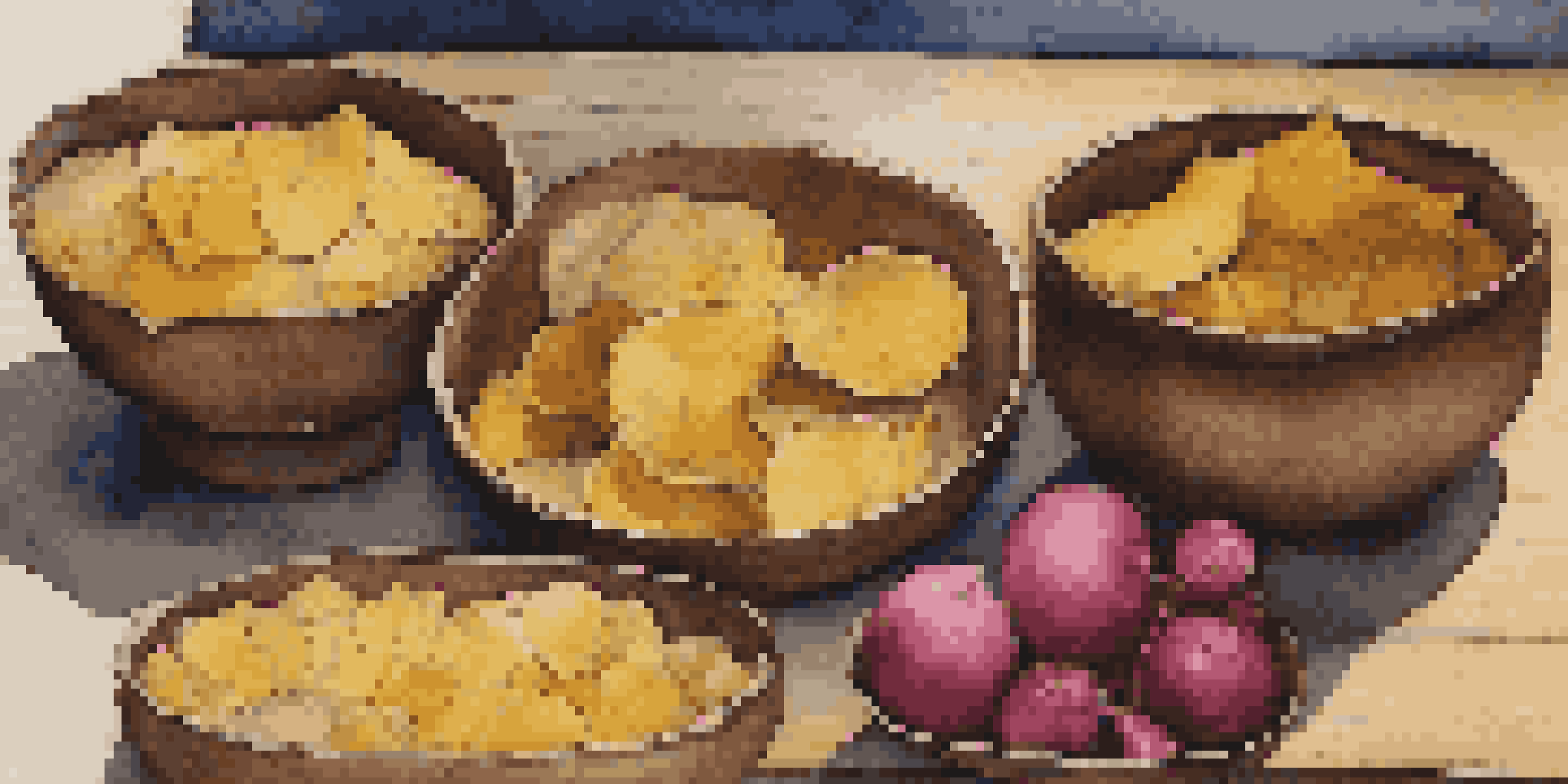Using Natural Dyes in Leather Crafting: A Step-by-Step Guide

Introduction to Natural Dyes in Leather Crafting
Natural dyes have a rich history in crafting, dating back centuries. They offer unique colors and textures that synthetic dyes simply can't replicate. By using natural sources like plants, fruits, and minerals, artisans can create beautiful leather pieces that are both eco-friendly and visually striking.
Choosing the Right Leather for Dyeing
Selecting the right type of leather is crucial for successful dyeing. Vegetable-tanned leather is often preferred because it absorbs dyes well and ages beautifully. Remember, the quality of your leather will directly impact the final appearance of your dyed piece.
Natural Dyes Enhance Leather Crafting
Using natural dyes from plants and minerals provides unique colors and eco-friendly options for leather artisans.
Gathering Natural Dye Materials
To create your own natural dyes, you'll need specific materials. Common sources include onion skins for a warm yellow, beetroot for vibrant pinks, and indigo for blues. Collecting these materials can be a fun adventure, so consider exploring local farmers' markets or even your own garden!
Preparing the Leather for Dyeing
Before dyeing, it's essential to prepare your leather properly. Start by cleaning the surface to remove any oils or dirt that could interfere with dye absorption. A gentle wash with soap and water followed by thorough drying will set you up for success.
Proper Leather Prep is Key
Choosing vegetable-tanned leather and ensuring it's clean before dyeing significantly affects the final results.
Making Natural Dyes: A Simple Process
Creating your natural dye is straightforward and rewarding. Begin by chopping your chosen dye materials and simmering them in water to extract the color. The longer you simmer, the more vibrant your dye will be, so feel free to experiment with timing to achieve your desired hue.
Dyeing the Leather: Techniques and Tips
Once your dye is ready, it’s time to apply it to your leather. You can use techniques like dipping, brushing, or even sponge application, depending on the look you want. Remember, test a small piece first to see how the color develops; natural dyes can be unpredictable!
Care for Dyed Leather Matters
Regular conditioning and protection from sunlight and moisture are essential to maintain the beauty of naturally dyed leather.
Setting and Finishing the Dye
After dyeing, setting the color is vital to ensure longevity. You can do this by rinsing the leather in a vinegar solution, which helps to fix the dye. Once dried, consider applying a natural leather conditioner to keep the material supple and enhance the color.
Caring for Your Naturally Dyed Leather
Caring for your dyed leather is essential to maintain its beauty over time. Avoid exposing it to direct sunlight or moisture, as these can fade the natural colors. Regular conditioning will also help keep the leather soft and vibrant, ensuring your crafted pieces last for years.